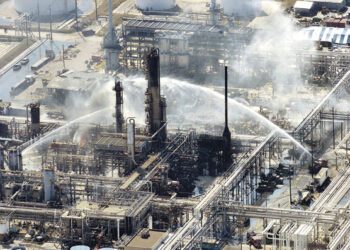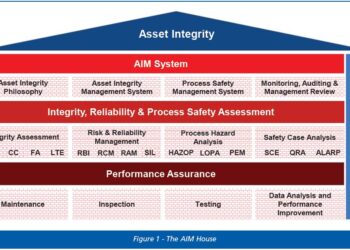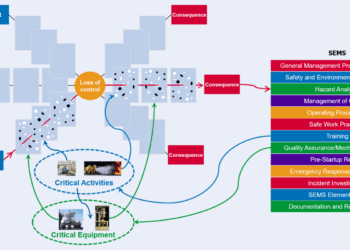SEMS: Safety and Environmental Management Systems
How to ensure cost effective and high-quality hazard analysis
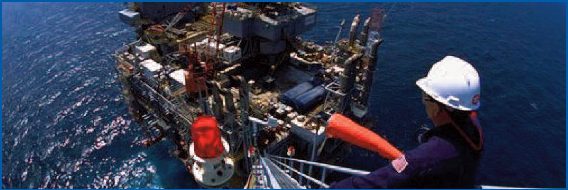
INTRODUCTION
In response to the Deepwater Horizon oil spill in the Gulf of Mexico, the Bureau of Ocean Energy Management, Regulation and Enforcement (BOEMRE) has undertaken the most aggressive and comprehensive reform of the offshore oil and natural gas regulatory process in the history of the industry. Enhanced safety standards have been implemented through new regulations and guidance, to increase safety and ensure oil and gas development is conducted responsibly.
The newly promulgated Workplace Safety Rule (30 CFR 250,1902) requires offshore operators to have clear programmes in place to identify potential hazards when they drill, clear protocols for addressing those hazards, and strong procedures and risk reduction strategies for all phases of activity, from well design and construction to operation, maintenance and decommissioning. The regulation applies to all offshore facilities, including mobile offshore drilling units (MODUs), floating production, storage and offloading facilities (FPSOs), tension-leg platforms (TLPs) and spars.
SEMS
The Workplace Safety Rule specifically requires operators to have a Safety and Environmental Management System (SEMS), which is a comprehensive safety and environmental impact programme designed to reduce human and organisational errors. The Workplace Safety Rule makes mandatory American Petroleum Institute (API) Recommended Practice 75, which was previously voluntary. Operators must comply with the provisions of the regulation and have their SEMS programme in place by November 15, 2011.
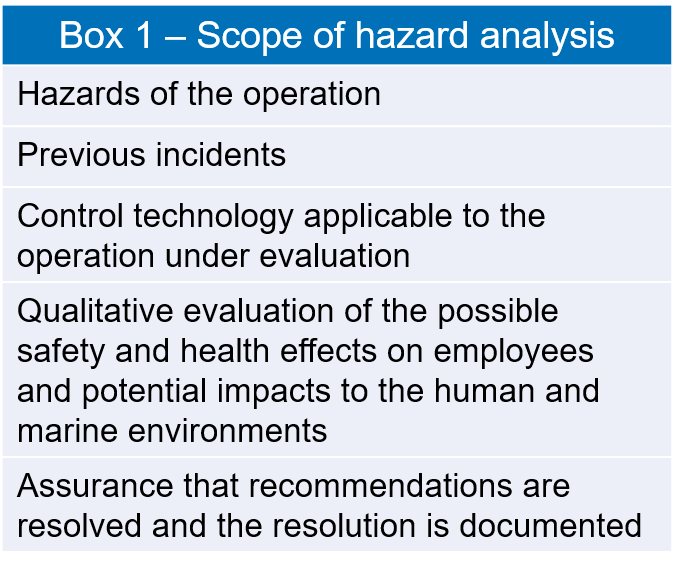
FACILITY-LEVEL HAZARD ANALYSIS
One of the most important elements of the SEMS is the facility-level hazard analysis. It should be appropriate to the complexity of the operation and identify, evaluate and manage the hazards involved in the operation (see Box1). Significantly, it must be performed by persons with experience in the operations being evaluated and the methodology of hazard analysis employed .
For operators with onshore facilities already covered under OSHA’s process safety management (PSM) standard (29 CFR1910.119), these requirements are familiar. Since 1992, facilities containing highly hazardous chemicals have been required to perform similar hazard analyses, although operators were allowed five years to conduct their first round of hazard analyses, whereas BOEMRE requires assessments within the year.
CRITICAL FACTORS FOR HAZARD ANALYSES
There are three critical factors which have a direct effect on the quality and cost effectiveness of hazard analyses:
1. Information availability
Hazard analysis entails the compilation and review of key information such as piping & instrument drawings, equipment layout drawings, process conditions & control philosophy, operating procedures and critical operating parameters.
Since the quality of the hazard analysis depends directly on the quality of information available to the team, it is critical to confirm its correctness prior to the study. Otherwise additional resources will be necessary to help track down missing information, which frequently results in delays and extended meeting time (“seat time”).
2. Knowledge and experience
Individuals who are “A” performers in the field are invariably the ones best suited to participate in the hazard analysis. In situations where scheduling and logistics are complicated, using an independent third-party facilitator and scribe to conduct the hazard analysis has been shown to reduce the amount of time team members spend in meetings and optimises their contribution to the study.
Involving the workforce in conducting the hazard analysis is critical in gaining ownership of the SEMS program. People who help identify the risks and barriers become better equipped to identify hazards in the future and understand the importance of maintaining the existing barriers.
3. Tools used for the study
Choosing a software tool to capture the hazard analysis can also result in time and cost savings, e.g. applications such as PHAWorks or PHA Pro. Results from the hazard analysis can be simply and effectively downloaded and imported into existing action tracking systems. While Word or Excel can also be used, they can be cumbersome to manipulate and more difficult to interpret and update after the study is complete.
One of the most potent and increasingly popular techniques is the ‘bow-tie’ method, because it provides a clear visualisation of the crucial link between the barriers and the associated tasks, procedures, responsible individuals and competencies required to maintain the barriers. The method thus highlights how the management system provides assurance that risks will continue to be properly managed. Software such as BowTieXP can also help speed up bow-tie studies.
CONCLUSION
The deadline for the SEMS programme is demanding. Fortunately there are proven ways of developing cost-effective and high quality facility-level hazard analyses. Of course, this is only part of the solution. Risk levels will remain the same, or could even increase, until tangible improvements are fully implemented. If SEMSs are to play a real part in improving safety, they’ll also need to be backed up by real action.
This article first appeared in RISKworld Issue 19

